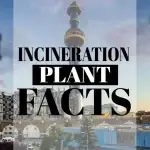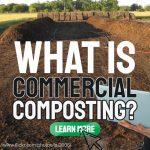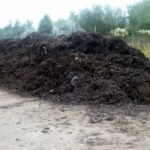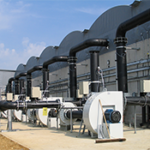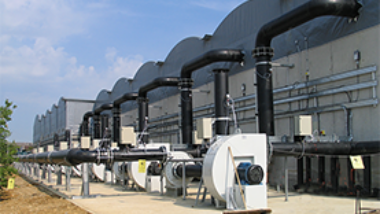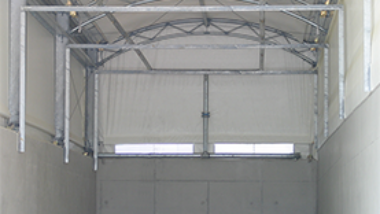Autoclaving is defined as a form of Mechanical Heat Treatment (MHT) which takes place as a batch process and comprises steam processing of residual MSW, in a vessel under the action of pressure.
This is contrasted with other MHT waste treatment technologies which are continuous and don’t involve pressurization.
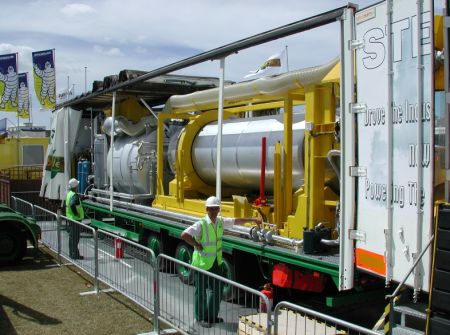
Autoclaves have for long been used in the healthcare industry, initially for the sterilization of tools and equipment generally, for medical procedures. This has often been extended, often as an alternative to incineration for medical waste, and biologically infectious wastes.
On this website, we focus on Municipal Solid Waste (MSW) and waste diversion from landfill, and therefore, when we refer to Autoclave Technology here is a residual MSW pre-treatment method to aid its treatment disposal. MSW autoclaves are large vessels which are charged and emptied mechanically, essentially scaling up the technology from its use in the healthcare industry.
For waste managers, the use of an autoclave should not be confused with the separate need for continuing provision for healthcare and similar waste, which will continue. Medical/Healthcare waste is segregated, collected, stored, transported and disposed of responsibly and almost always, completely separately from MSW, and still would be even if an MSW pre-treatment plant is present using autoclave technology.
This is important as, if Medical/Healthcare waste is not managed in accordance with its own set of guidelines, it can get mixed with the general waste within the waste disposal chain and subsequently with solid municipal waste. This can expose waste management workers to sharps and highly infectious diseases, which would be completely unacceptable.
Autoclave Technology is categorized within the Waste Management Industry as an advanced Mechanical Heat Treatment Technology.
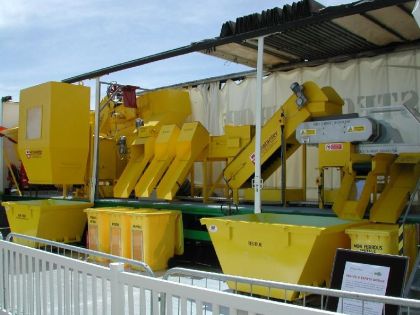
Autoclave Technology Advantages
Autoclave technology when applied to MSW residual waste is generally applied before any sorting for recyclables and it has an immediate beneficial effect for waste handling as it reduces the volume of the waste/ densify’s it.
If a rotating drum or some other method is used to break open all the bags during the process the whole of the waste is opened up and then recyclable materials can be removed with minimal dust and in a hygienic manner, after autoclaving.
When run on conveyors through a picking bay, in conjunction with picking for valuable recyclables the bottles tend to be clean and free of labels etc, labels plastic bags have shrivelled and can be handled more easily, and the paper and similar fibrous materials tend to aggregate together or “pulp” for simple separation.
Dust is non-existent as the waste emerges, due to the damp condition of the material. Its sterile and inert residual materials also reportedly virtually eliminate the problems of odour, litter, and vermin.
The remaining residual waste is denser than it would be without autoclaving and can be composted or fed into an Anaerobic Digestion plant, after a variable level of further processing.
In fact, Estech LLC. states on their website that municipal solid waste autoclaves reduce municipal solid waste to less than 20% of its original weight.
Autoclave Technology Disadvantages
The heat energy needed to carry out the autoclaving process is at some cost.
The health and safety aspects of the autoclave equipment which includes a quite large steam raising plant, and the use of steam under pressure, need to be considered carefully.
Capital investment is required for the steam vessels, and but it achieves a material readily segregated by subsequent mechanical waste separation equipment (see image above) or picking lines. Further processing is rendered much more pleasant by the preceding sterilization.
For an example of this technology visit the Estech Ltd website.
Incineration Plant Facts
A first of our waste incineration plant facts is that a “burner” (this being the derogatory term of the anti-incinerator capaigners) is an important facility for the preservation of public health as it involves protecting the environment in a number of ways. Unless the waste materials are properly disposed of by the waste incinerator plant, […]
What is Commercial Composting?
We were recently asked; “What is Commercial Composting” and since one person asked we wrote a definition, as follows below: Commercial composting is the composting carried out principally as a method of waste disposal that diverts this organic waste away from landfills. If the feedstock is green waste or another “MSW residual waste” organic material […]
Windrow Composting
Windrow composting is a way of generating compost by piling organic matter into extended rows or arc-like piles. The piles are turned over by large machinery to preserve even levels of heat, humidity, and oxygen content. Piles will usually range from four to eight feet tall and 14-16 feet in length. Windrow composting is a […]
Large In-vessel Composting Systems: What are They and How Do They Work?
Progressive cities and many urban centers around the world are now installing large-scale in-vessel composting systems as part of their total MSW management. Large scale in-vessel composting, which makes high quality compost through the use of enclosed “reactors” that closely monitor temperature and oxygen levels throughout the biodegradation of organic materials, is popular. In-vessel composting […]
